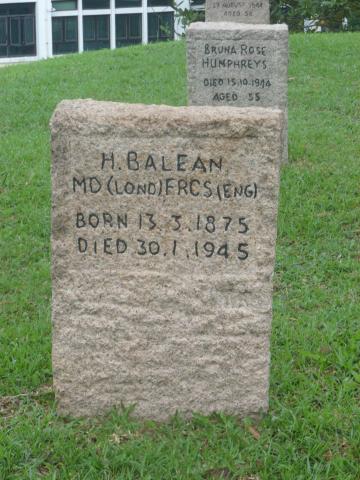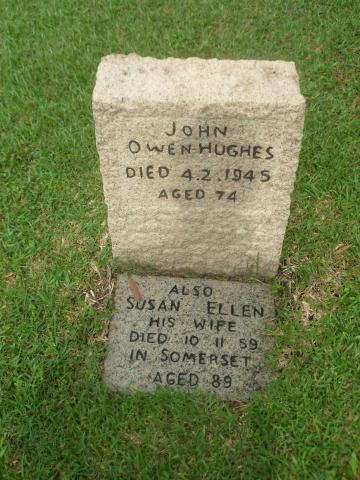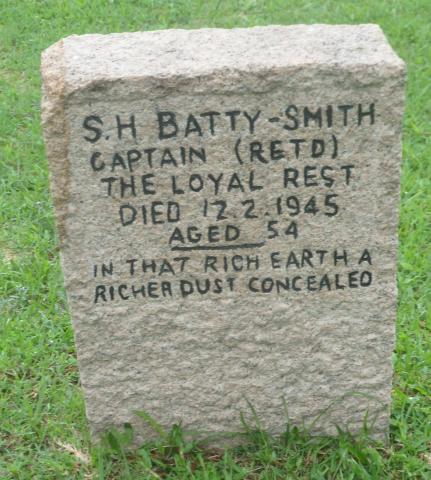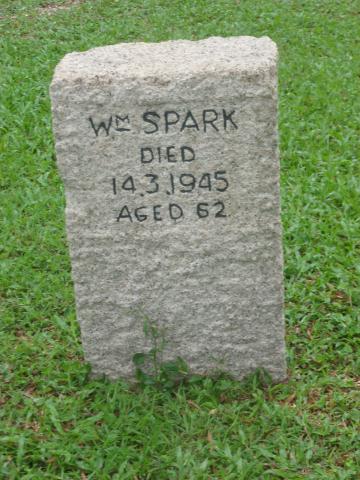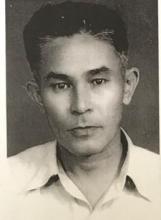The dreaded Colonel Noma, head of the Kempeitai (Gendarmes) since the start of the occupation, is recalled to Japan. This seems to have been partly in consequence of the removal from the Governorship of Rensuke Isogai, his patron, partly of disquiet amongst the Japanese authorities at the power and ferocity of the Hong Kong Kempeitai - it seems that his removal was ordered by the Japanese War Office, and that during February 1945 about 150 of the Hong Kong Kempeitai were replaced by personnel moved from Canton.
His replacement, Colonel Kanazawa Asao, is also Commiossioner of Police.
Noma will be brought back from Japan after the war, tried for war crimes, and executed at Stanley Prison. Asoa was also sentenced to death, but the Judge Advocate, on reviewing the case, was unhappy with one of the charges on which he'd been found guilty and recommended a commutation. Nevertheless, he was hung at Stanley Prison in 1948.
Sources:
Date: South China Morning, October 25, 1945, page 2 (I've assumed that the date given here, February 26, is correct but that the year, 1944, is a slip)
War Office: Hong Kong Sunday Herald, December 29, 1946, page 2
150 replacements, Kanazawa: Philip Snow, The Fall of Hong Kong, 2003, 210-211
Asao: http://hkwctc.lib.hku.hk/exhibits/show/hkwctc/documents/item/78
